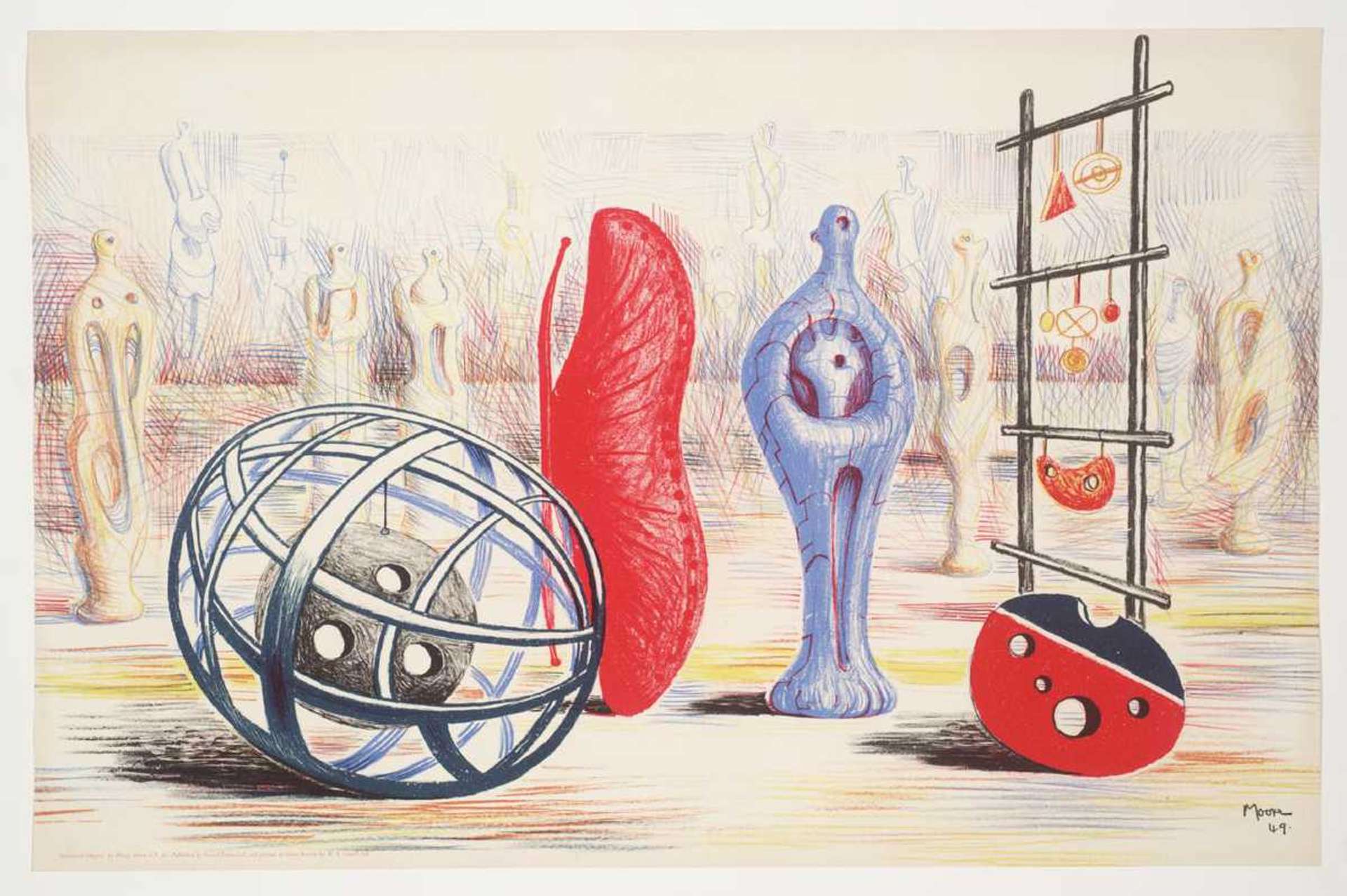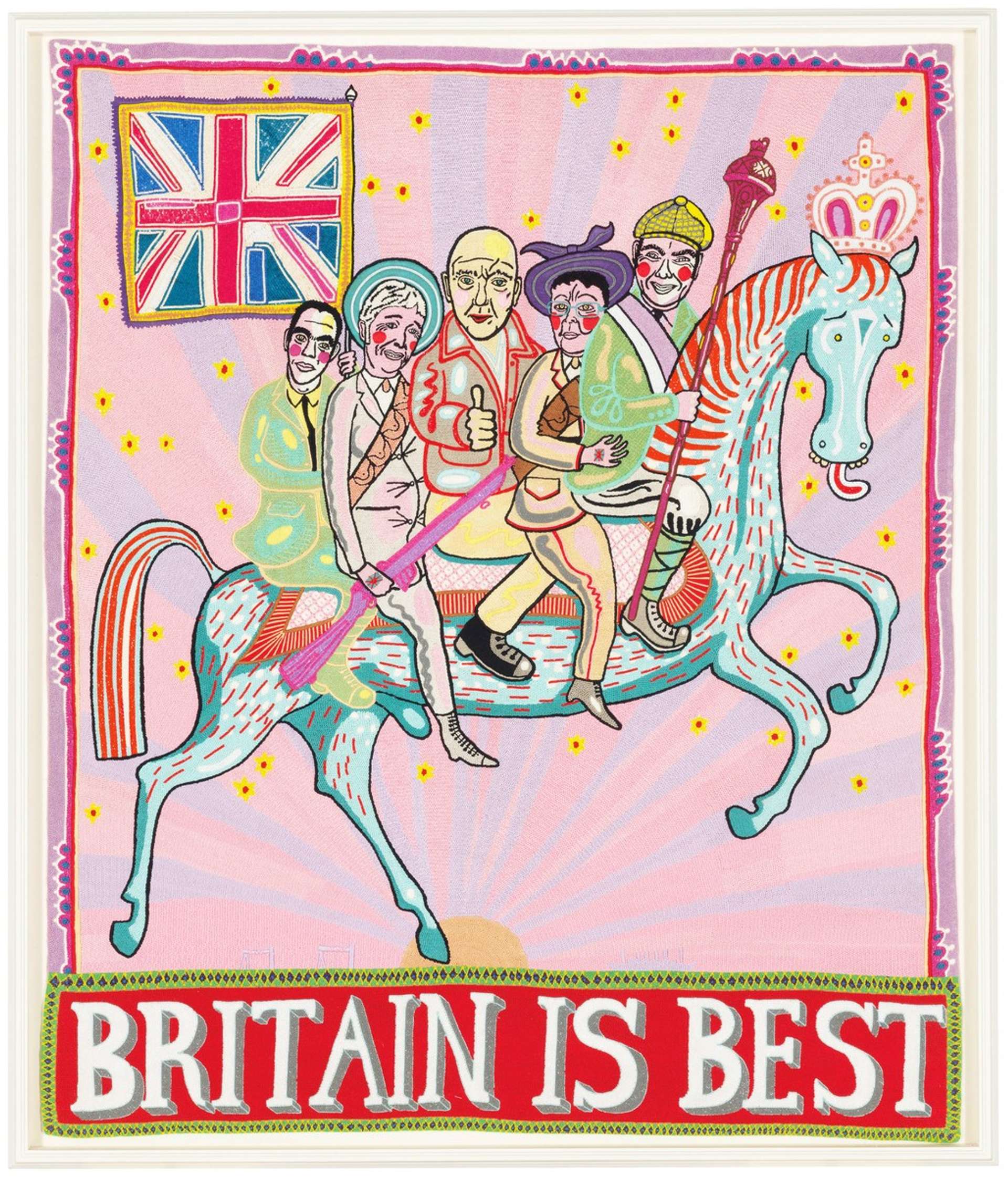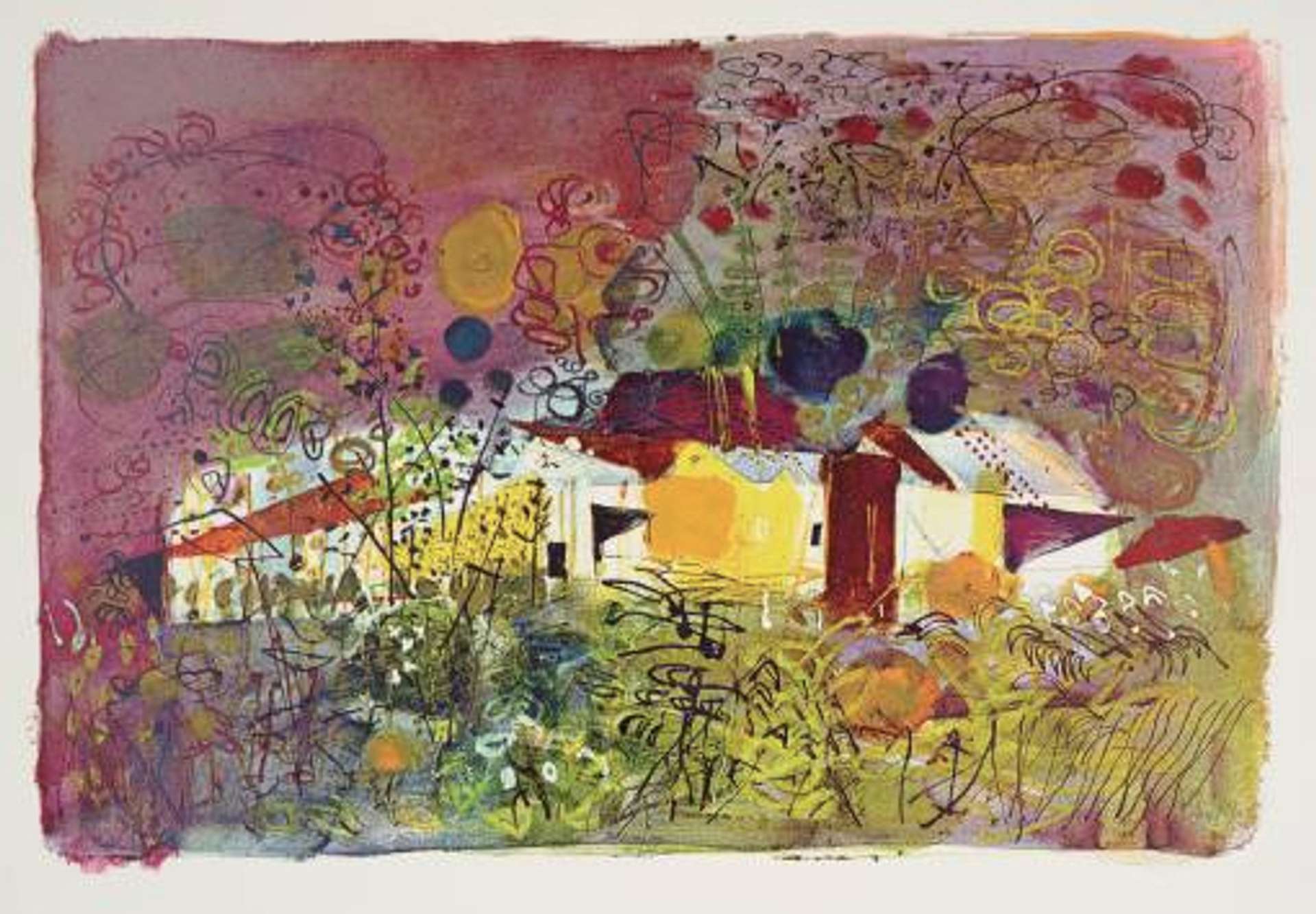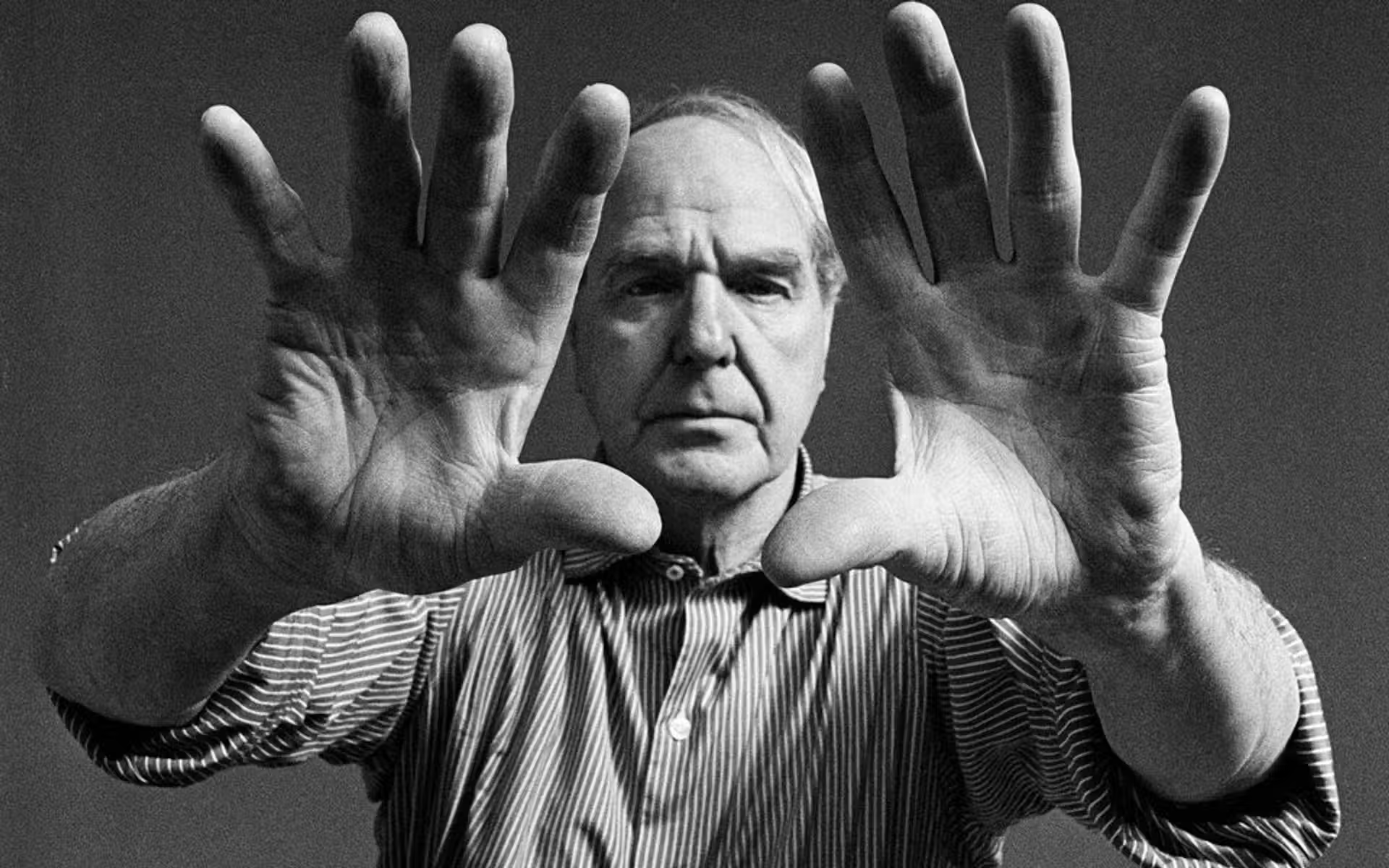 Image © Henry Moore Foundation / Henry Moore © John Hedgecoe c. 1968
Image © Henry Moore Foundation / Henry Moore © John Hedgecoe c. 1968Henry Moore is a renowned English sculptor and artist widely recognised for his pioneering work in modern sculpture. He is best known for his abstract silhouettes and sculptures of great mass, created from materials such as bronze and stone, which have established him as an icon in modern art. Even today, he remains an influential artist, continuing to inspire and impact contemporary art.
Henry Moore volunteered for military service
Henry Moore, a British sculptor, volunteered for military service at the age of 18 in 1916, becoming the youngest participant in his regiment. He sustained severe injuries the following year during a gas attack in France, resulting in hospitalisation. He spent the remainder of his military service as a fitness coach. Following the war, he was granted a scholarship, which enabled him to study at the Leeds School of Art from 1919. It was there that he initiated his sculptural work and was introduced to modernism.
 Image © The Court Gallery / Signed Photograph Of The Artist 1917
Image © The Court Gallery / Signed Photograph Of The Artist 1917Henry Moore joined a surrealist group - Unit One
In 1936, the celebrated British sculptor, Henry Moore, joined Unit One, a prestigious Surrealist group established by the renowned artist Paul Nash three years prior. Alongside Nash and the esteemed British author and artist Roland Penrose, Moore organised the International Surrealist Exhibition in London that same year. Despite his involvement in the group, Moore never truly identified as a Surrealist. Regardless, he remained intrigued by the Surrealist concept of biomorphism, which involves artistic representations inspired by nature. Consequently, his works gradually became more abstract while retaining their characteristic figural form.
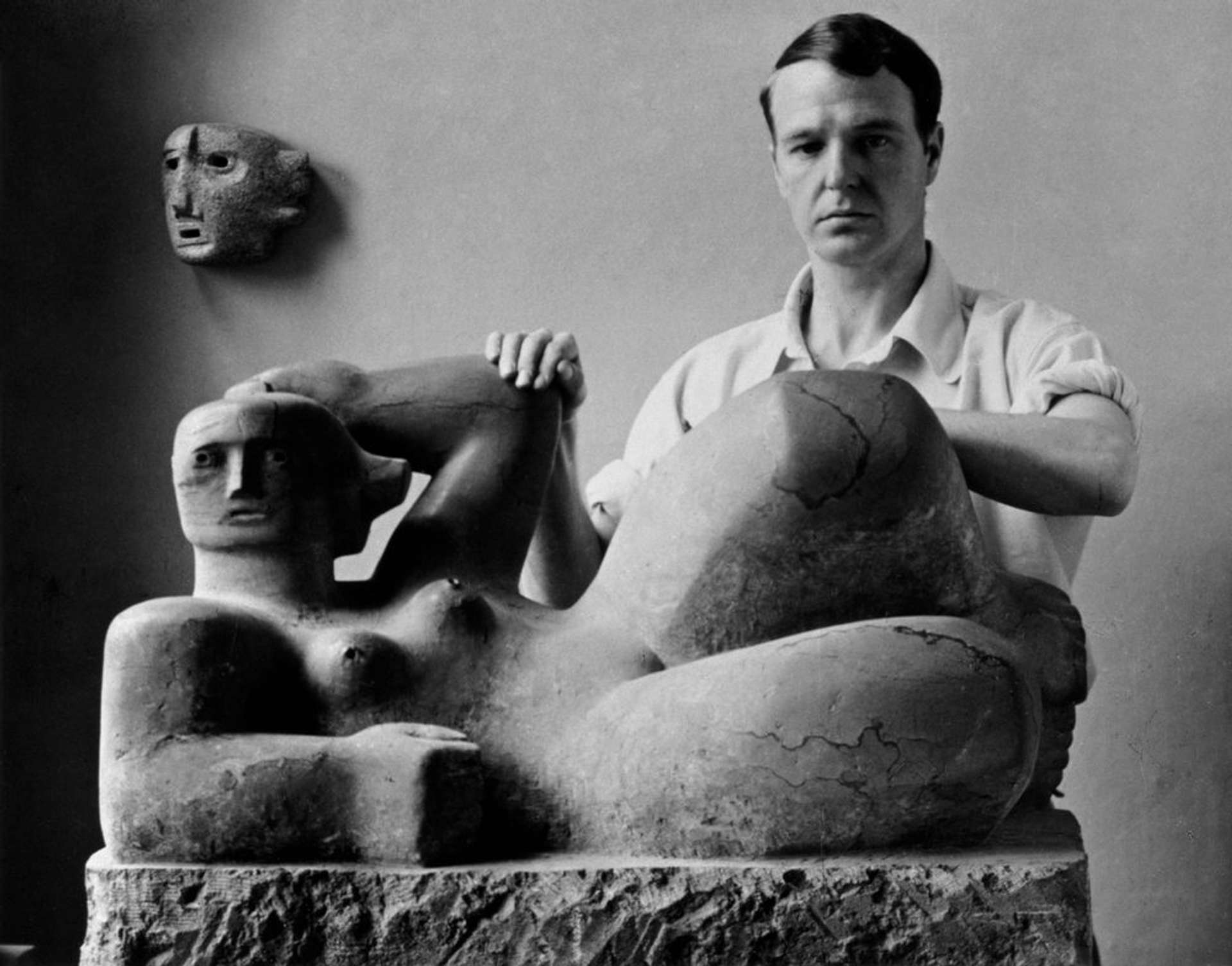 Image © Henry Moore Archive / Moore with Reclining Figure (LH 59) and Mask (LH 77) c.1929-30
Image © Henry Moore Archive / Moore with Reclining Figure (LH 59) and Mask (LH 77) c.1929-30Henry Moore was an advocate for public art
Henry Moore was the recipient of numerous public commissions throughout his lifetime. As the 1950s progressed, Moore increasingly created sculptures intended for public view. A firm believer in the significant role public art played in society, the artist generously donated many of his works to various foundations and institutions, stipulating that they be exhibited in public spaces. By the end of the 1970s, Moore's impressive body of work was featured in over forty exhibitions annually, cementing his place as one of the most revered artists of the 20th century.
Henry Moore initially trained as a teacher
Despite his remarkable artistic talent, a young Henry Moore was initially guided away from pursuing art by his father. However, destiny led him back to Castleford Grammar School, his own alma mater, where he began his teaching career. Soon after, Moore's artistic career took off, leading him to accept a seven-year teaching position at the prestigious Royal College of Art in London.
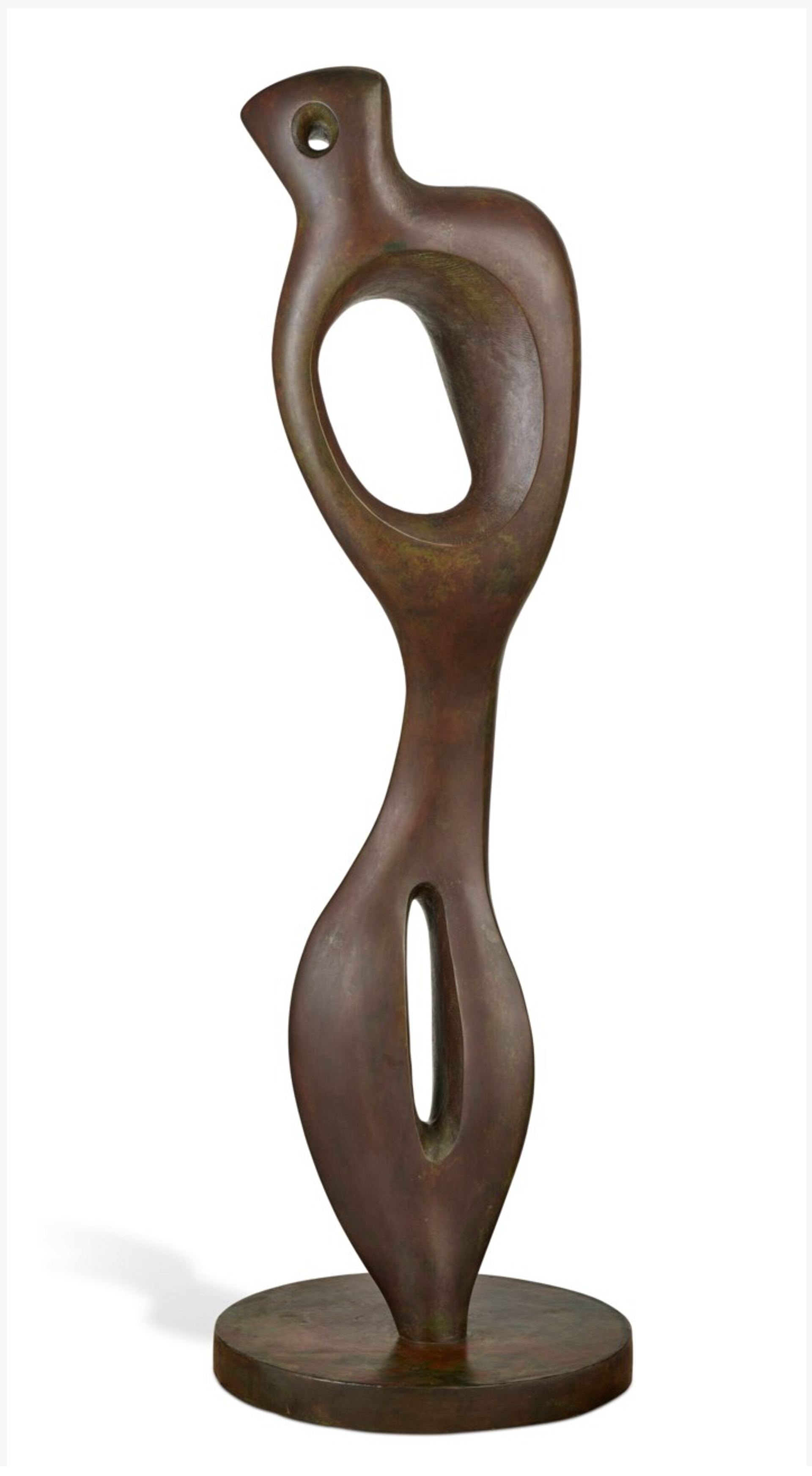 Image © Christie's / Interior Form © Henry Moore Conceived in 1951; cast in 1981
Image © Christie's / Interior Form © Henry Moore Conceived in 1951; cast in 1981Henry Moore’s hampstead studio was bombed
In line with many of the artists who flocked to Hampstead during the inter-war years, Henry Moore eventually chose to escape the city and establish roots in the countryside due to his studio being bombed - this also meant that work on his large-scale sculptures proved impossible. As a result, he focused on sketches. His new residence of choice was Hoglands, a picturesque farmhouse located in Perry Green, just outside Much Hadham in Hertfordshire. By immersing himself in this idyllic rural setting, Moore was able to focus on his artwork in a peaceful, distraction-free environment, laying the foundation for some of his most groundbreaking and influential works.
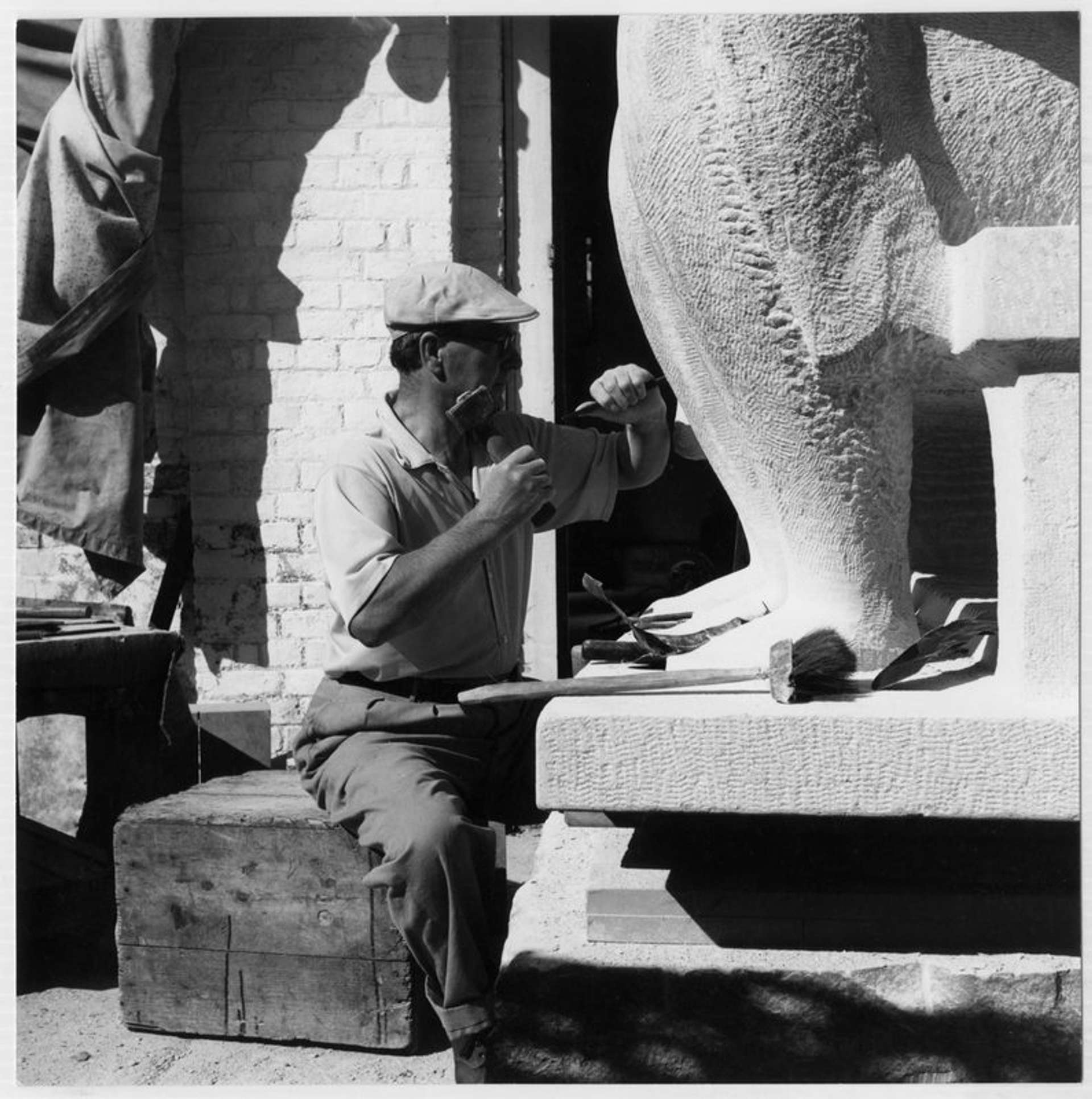 Image © LidBrooke / Henry Moore Carving Hollow Family Group 1954-55
Image © LidBrooke / Henry Moore Carving Hollow Family Group 1954-55Kenneth Clark’s support was crucial to Henry Moore’s success
The immense contributions of the esteemed museum director, art historian, and broadcaster Kenneth Clark were pivotal to the flourishing career of Henry Moore. Notably, Clark had purchased several of Moore's poignant 1940 drawings depicting Londoners taking refuge from the Blitz in the London Underground. As chairman of the War Artists' Advisory Committee, Clark commissioned Moore to create additional drawings produced between the autumn of 1940 and the spring of 1941. These powerful pieces have since become some of the most significant artworks of World War II, capturing the sombre and harrowing reality of the era.
 Image © Christie's / Seated Women With Crossed Feet © Henry Moore conceived in 1957 and cast in 1965
Image © Christie's / Seated Women With Crossed Feet © Henry Moore conceived in 1957 and cast in 1965Henry Moore was the seventh child of a coal miner
Henry Moore was born on 30 July 1898 in Yorkshire, the seventh child of a coal miner. Despite his father's desire for his children to pursue higher education and avoid working in the mines, he was unsupportive of Moore's artistic aspirations, viewing sculpture as manual labour.
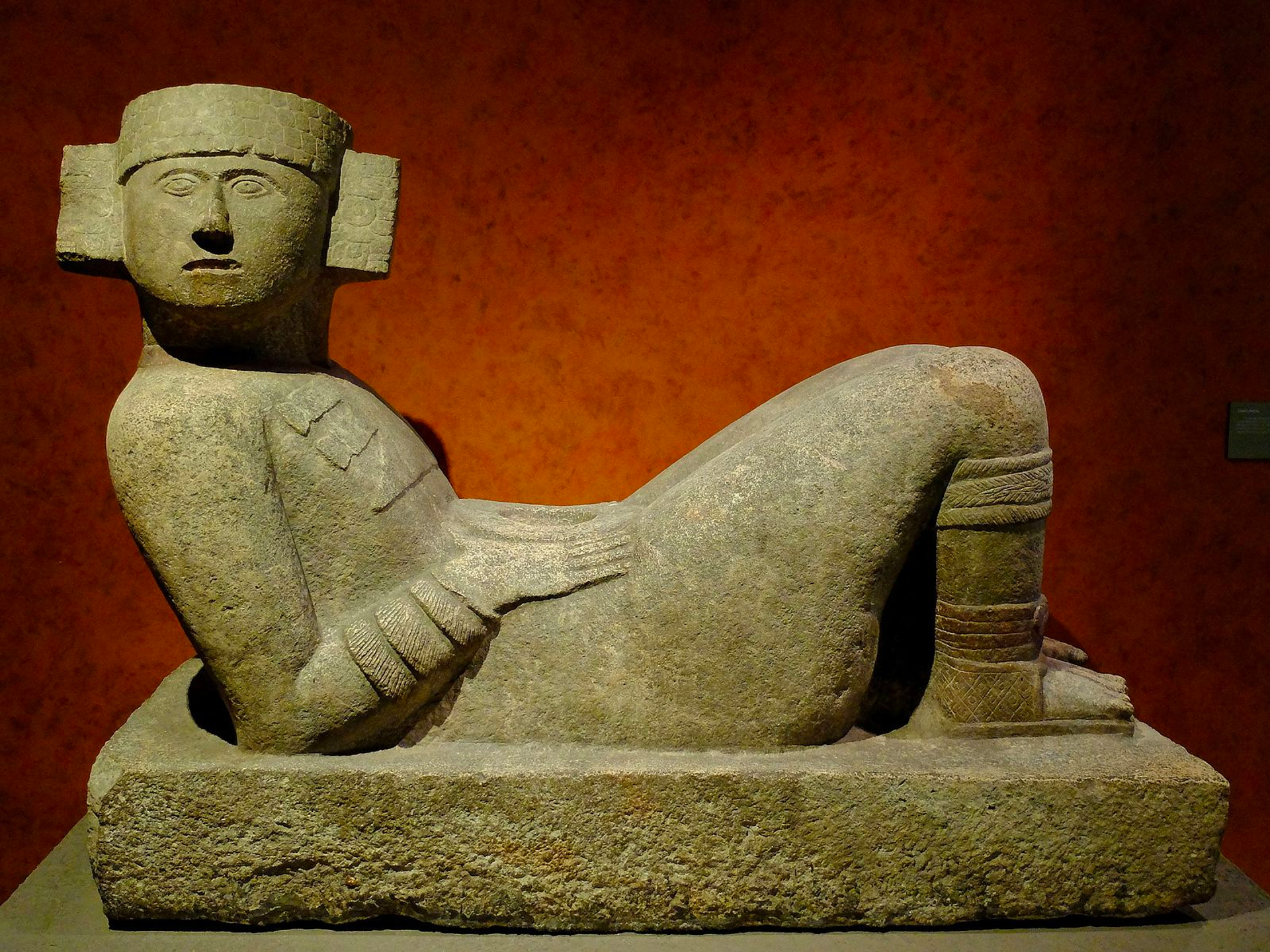 Image © Wiki Commons / Chacmool © Ziko van Dijk 2015-07 k1 CDMX 830
Image © Wiki Commons / Chacmool © Ziko van Dijk 2015-07 k1 CDMX 830Aztec Statuary - The Chacmool, is considered Moore’s single greatest influence
Henry Moore found great inspiration in the Chacmool, a reclining Aztec sculpture from the pre-columbian era. His visits to the British Museum in the 1950s exposed him to a vast collection of sculptures characterised by complete cylindrical realisation, which influenced him in developing two major themes. One theme was the depiction of mother and child, blending Christian imagery with the essence of African art. Additionally, during a visit to the Paris Trocadero in 1924, Moore encountered a plaster cast of a Chacmool, the reclining figure that became a prominent motif in his sculptures, influencing his work throughout his life.
A new generation of sculptors revolted against him
Henry Moore's profound impact on British sculpture left a lasting legacy, inspiring a generation of young sculptors to challenge and revolutionise the field even further. This influence was explicitly confronted during the New Aspects of British Sculpture exhibition at the British Pavilion in the 1952 Venice Biennale, where Moore and his contemporary, Barbara Hepworth, faced a direct challenge. The exhibition showcased a new wave of sculptors, including Kenneth Armitage, Lynn Chadwick, and Reg Butler, who collectively delved into a ”Geometry of Fear.’’ This artistic response, described by Herbert Read, emerged from the post-war existential crisis and found common ground with European post-war artists like Germaine Richier and Alberto Giacometti.
 Image © The Henry Moore Foundation / Recumbent Figure © Henry Moore 1938
Image © The Henry Moore Foundation / Recumbent Figure © Henry Moore 1938Henry Moore rejected a Knighthood
Henry Moore, known for his political beliefs, declined a Knighthood in 1951. His refusal stemmed from his concern that it would distance him from other artists who shared his aspirations. Moore believed accepting the honour would create a perception of him as a figure of the establishment. Therefore, he infamously stated that ”such a title might tend to cut me off from fellow artists whose work has aims similar to mine.’’


